This post contains affiliate links. This means I will make a commission at no extra cost to you should you click through and make a purchase [ “As an Amazon Associate, I earn from qualifying purchases.” ]. Read the full disclosure here.
2010 Toyota Corolla Starter GuideMechanic.Com Are you the proud owner of a 2010 Toyota Corolla? If so, understanding the intricacies of your vehicle’s starter is crucial to ensure smooth and reliable operation.
In this comprehensive guide, we will delve into all the essential details about the 2010 Toyota Corolla starter, providing you with the knowledge you need to keep your vehicle running smoothly. From how it works to common issues and troubleshooting tips, we’ve got you covered.
2010 Toyota Corolla Starter
The Function of a Starter
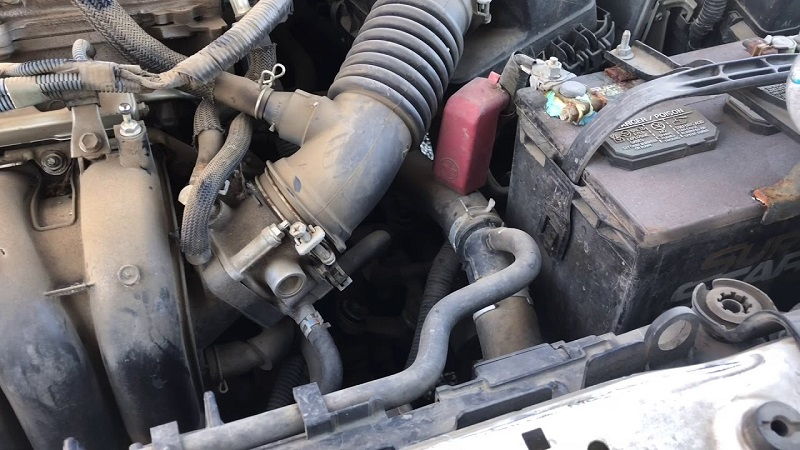
At the heart of starting your 2010 Toyota Corolla lies the starter. This critical component is responsible for initiating the engine’s operation.
When you turn the key or press the start button, an electrical current is sent from the ignition switch to the starter solenoid, which in turn engages the starter motor.
See Also: Toyota Camry Power Steering Fluid
This motor then spins the engine’s flywheel, allowing the combustion process to begin. Without a properly functioning starter, your Corolla won’t start.
Components of a Starter
A starter is composed of several key components that work together to ensure seamless engine start-up. These include:
1. Starter Motor: The starter motor is an electric motor that converts electrical energy into mechanical energy. It is responsible for physically turning the engine’s crankshaft to initiate the combustion process.
2. Solenoid: The solenoid acts as a switch, connecting and disconnecting the starter motor to the battery. It plays a crucial role in engaging and disengaging the starter motor when you turn the key or press the start button.
3. Bendix Drive: The Bendix drive is a gear mechanism that extends the starter motor’s pinion gear into the engine’s flywheel, allowing for effective engine cranking. Once the engine starts, the Bendix drive disengages to prevent damage.
Signs of a Failing Starter
Over time, your 2010 Toyota Corolla’s starter may develop issues. Recognizing the warning signs of a failing starter can help you address the problem before it worsens. Some common signs to watch out for include:
Grinding Noises
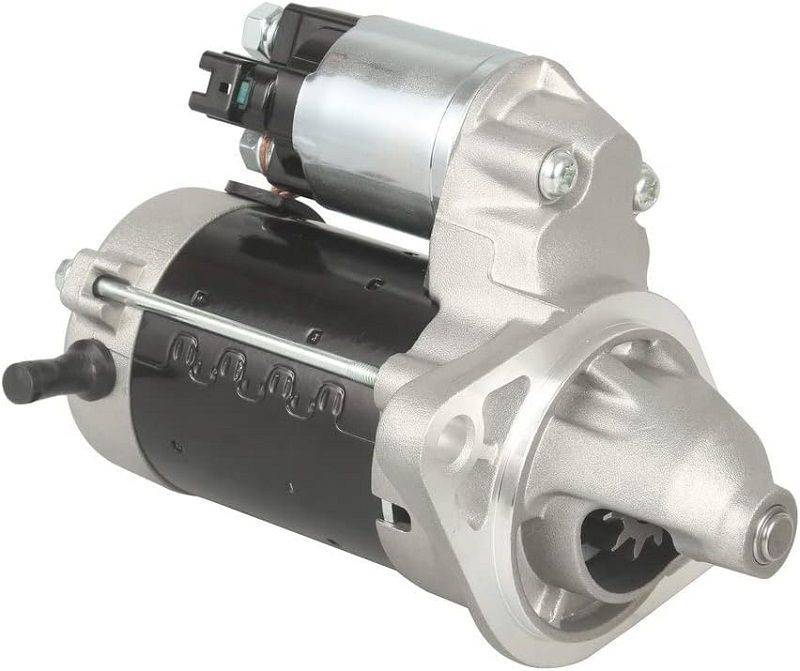
If you hear a grinding noise when you start your Corolla, it is likely a sign that the starter motor’s gears are not properly engaging with the flywheel.
This can occur due to worn-out gears or a malfunctioning Bendix drive. Ignoring this issue can lead to further damage to the starter and flywheel.
Slow Cranking
Another indicator of a faulty starter is slow cranking. When you turn the key, if you notice that the engine takes longer than usual to start or rotates sluggishly, it may be due to a weak or failing starter motor. This can be caused by worn-out brushes or a deteriorating armature.
Clicking Sounds
Clicking sounds when you turn the key can indicate a problem with the starter solenoid. This could be due to a weak electrical connection between the solenoid and the starter motor or a faulty solenoid itself. It is essential to address this issue promptly to prevent complete starter failure.
Intermittent Starting Issues
If your Corolla occasionally starts without any issues but fails to start on other occasions, it can be a sign of an intermittent starter problem.
See Also: P0354 Toyota Camry: What Is P0354 And How Does It Impact
This can be caused by loose connections, a failing solenoid, or worn-out brushes. It is important to diagnose and resolve this issue promptly to avoid getting stranded unexpectedly.
2010 Toyota Corolla Starter
DIY Starter Replacement
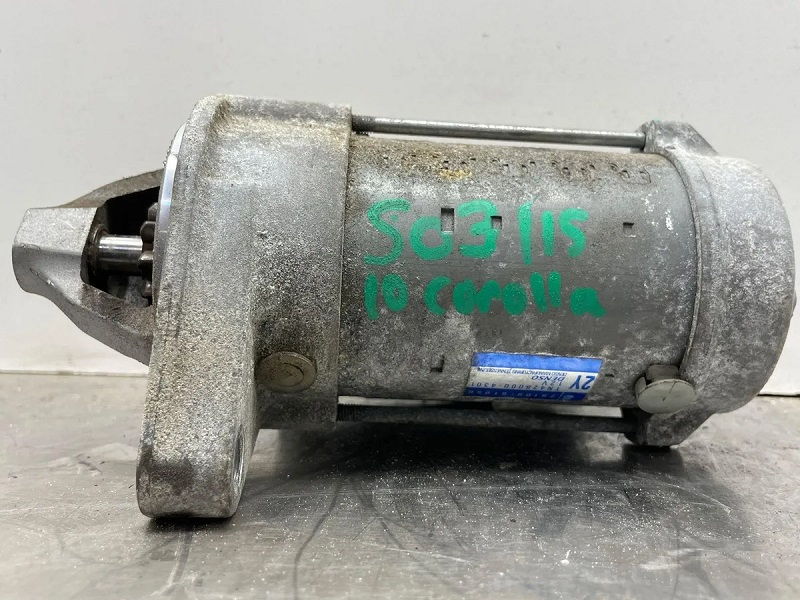
Feeling confident in your mechanical skills? If so, replacing the starter on your 2010 Toyota Corolla yourself can save you time and money. Here’s a step-by-step guide to help you through the process:
1. Gather the Necessary Tools
Before you begin, make sure you have all the required tools. These typically include a socket wrench set, pliers, a jack and jack stands, and a new starter specific to your Corolla’s make and model.
2. Disconnect the Battery
Ensure your safety by disconnecting the negative terminal of the battery to prevent any electrical mishaps during the replacement process.
3. Locate the Starter
The starter is typically located near the bottom of the engine block, on the passenger side. Refer to your vehicle’s manual or consult online resources for specific instructions on locating the starter in your 2010 Toyota Corolla.
4. Remove the Electrical Connections
Begin by disconnecting the electrical connections to the starter. These include the wires connected to the solenoid and any other connectors attached to the starter assembly.
5. Remove the Mounting Bolts
Using the appropriate socket wrench, remove the mounting bolts that secure the starter in place. Once removed, carefully extract the old starter from its position.
6. Install the New Starter
Position the new starter in place and secure it by tightening the mounting bolts. Ensure it is properly aligned and seated in its designated position.
7. Reconnect the Electrical Connections
Reattach the electrical connections to the new starter, making sure they are securely fastened. Double-check all connections to avoid any issues during operation.
8. Reconnect the Battery
With the new starter installed and all electrical connections secure, reconnect the negative terminal of the battery. This will restore power to your vehicle.
9. Test the New Starter
Before closing the hood, start your 2010 Toyota Corolla to ensure the new starter is functioning correctly. Listen for any abnormal sounds and monitor the engine’s cranking speed.
2010 Toyota Corolla Starter
Cost of Starter Replacement
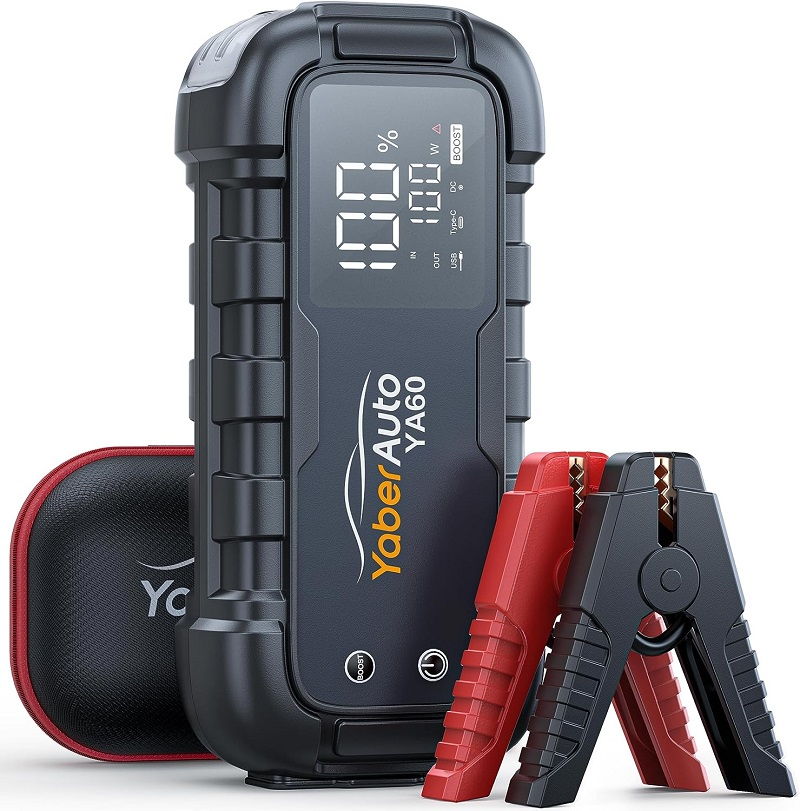
While replacing the starter yourself can save you on labor costs, it’s essential to consider the expenses involved in sourcing a new starter. The cost of a starter for a 2010 Toyota Corolla can vary depending on factors such as brand, quality, and retailer.
See Also: Toyota Yaris Dashboard Lights
On average, a quality replacement starter can range from $100 to $300, excluding any additional expenses for professional installation if you choose not to replace it yourself.
Tips for Maintaining Your Starter
Proper maintenance is key to extending the lifespan of your 2010 Toyota Corolla starter. Here are some essential tips to keep it in excellent condition:
1. Regular Inspection
Perform periodic visual inspections of your starter to check for any signs of wear or damage. Look for loose connections, corrosion, or any other issues that may affect its performance.
2. Keep Connections Clean
Corrosion can hinder the electrical connections between the starter and the battery. Periodically clean the terminals and connectors using a wire brush and a mixture of baking soda and water to remove any corrosion buildup.
3. Ensure Proper Battery Maintenance
A weak or failing battery can put additional strain on your starter. Regularly check your battery’s health, ensuring it is adequately charged and free from any leaks or damage.
4. Warm Up Your Engine
In colder climates, allow your engine to warm up for a few minutes before attempting to start your Corolla. This can reduce strain on the starter motor and prolong its lifespan.
2010 Toyota Corolla Starter
Common Starter Issues
As with any mechanical component, starters can experience a range of issues over time. Here are some common problems that can affect your 2010 Toyota Corolla starter:
1. Worn-out Solenoid
The starter solenoid can wear out due to frequent use and age. Signs of a failing solenoid include clicking sounds, intermittent starting issues, or a complete failure to start. If you suspect a faulty solenoid, it is recommended to replace the entire starter assembly.
2. Faulty Starter Motor
The starter motor itself can develop issues such as worn-out brushes, a deteriorating armature, or a faulty drive gear. These problems can lead to slow cranking, grinding noises, or complete starter failure. In such cases, replacing the entire starter assembly is often the best solution.
3. Damaged Wiring
Wiring connecting the starter to the battery or other electrical components can become damaged over time. This can result in poor electrical connections, leading to issues such as slow cranking or intermittent starting problems. Thoroughly inspecting and replacing any damaged wiring is essential for proper starter functionality.
When to Seek Professional Help
While replacing the starter yourself can be a satisfying DIY project, certain circumstances call for professional assistance. Here are a few situations in which it’s best to let a mechanic handle your 2010 Toyota Corolla starter:
1. Lack of Mechanical Experience
If you are not confident in your mechanical skills or lack the necessary tools, it is advisable to seek professional help. Attempting a starter replacement without the required expertise can lead to further damage or safety hazards.
2. Warranty Considerations
If your vehicle is still under warranty, it’s essential to check if replacing the starter yourself will void any warranty coverage
3. Complex Starter Issues
If you have diagnosed a more complex issue with your starter, such as a problem with the starter motor or solenoid, it is best to consult a professional. These components require specific knowledge and expertise to diagnose and repair properly.
4. Time Constraints
If you are pressed for time or simply prefer to have the job done quickly and efficiently, taking your 2010 Toyota Corolla to a professional mechanic is the best option. They have the tools, experience, and resources to complete the starter replacement in a timely manner.
See Also: 2001 Toyota Camry Catalytic Converter
2010 Toyota Corolla Starter
Upgrading Your Starter
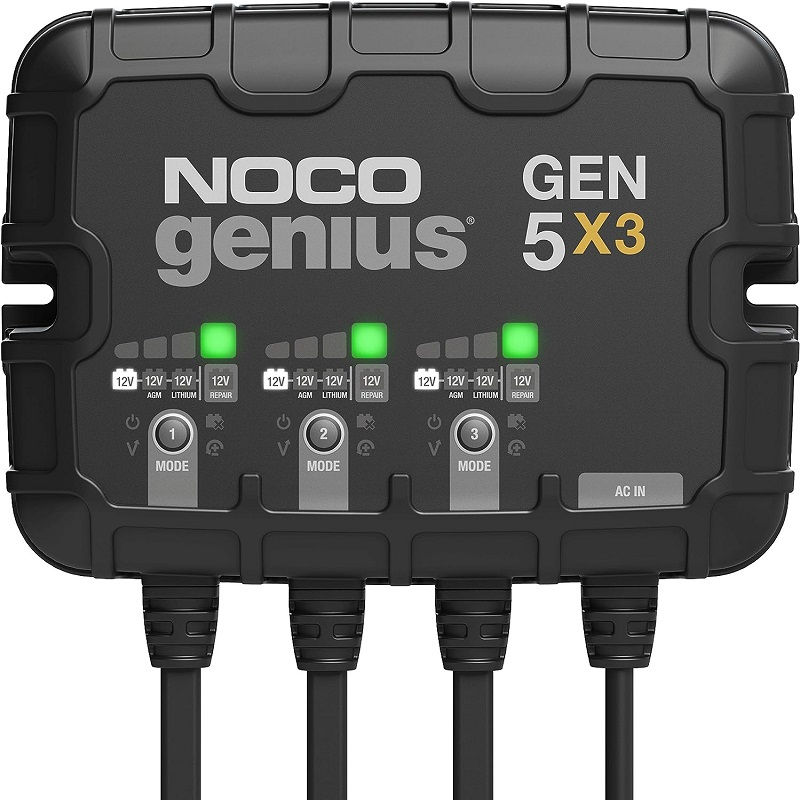
If you’re looking to enhance the performance of your 2010 Toyota Corolla, upgrading your starter can be a viable option. Upgraded starters, often referred to as high-torque starters, provide greater cranking power and faster engine starts. They are particularly beneficial for vehicles with modifications or high-performance engines.
When considering an upgrade, it is crucial to choose a starter that is compatible with your Corolla’s make and model. Consult with automotive experts or do thorough research to ensure you select the right high-torque starter for your specific needs.
Frequently Asked Questions
1. Can I use a starter from a different Toyota model in my 2010 Corolla?
No, it is not recommended to use a starter from a different Toyota model in your 2010 Corolla. Starters are designed specifically for each vehicle’s engine and transmission configuration. Using a starter from a different model may lead to compatibility issues and could potentially damage your vehicle.
2. How often should I replace my starter?
The lifespan of a starter can vary depending on various factors, including usage, maintenance, and driving conditions. On average, a starter can last between 80,000 to 150,000 miles. However, it is essential to monitor any signs of starter failure and address them promptly to avoid unexpected breakdowns.
3. Can a bad starter drain the battery?
Yes, a bad starter can potentially drain the battery. When a starter is faulty, it may draw excessive power from the battery, causing it to drain quickly. If you notice your battery frequently losing charge, it is crucial to have your starter checked and replaced if necessary.
4. How long does it take to replace a starter?
The time required to replace a starter can vary depending on factors such as the mechanic’s expertise, accessibility of the starter, and any additional complications. On average, a professional mechanic can complete the starter replacement in approximately 1 to 2 hours.
5. Can I jump-start my Corolla if the starter is failing?
In some cases, jump-starting your Corolla may provide temporary relief if the starter is failing or experiencing intermittent issues. However, it is not a long-term solution, and it is crucial to have the starter addressed and replaced as soon as possible to avoid further complications.
Final Thoughts
With this comprehensive guide, you have gained a wealth of information about the 2010 Toyota Corolla starter. Understanding its function, signs of failure, and the process of replacement empowers you to make informed decisions about your vehicle’s maintenance.
Remember, regular maintenance and timely addressing of any starter issues are essential to ensure the smooth operation of your 2010 Toyota Corolla. By following the tips provided and seeking professional help when necessary, you can keep your Corolla running reliably for years to come.
Whether you choose to replace your starter yourself or consult a mechanic, you now have the knowledge to make the best decision for your situation. Stay proactive, stay informed, and enjoy the continued performance of your 2010 Toyota Corolla.
See Also: Toyota Corolla Warning Lights: Actions to Take
- Custom Lifted Diesel Trucks for Sale - December 20, 2025
- New Lifted Diesel Trucks for Sale - December 19, 2025
- Old Lifted Diesel Trucks for Sale - December 18, 2025
